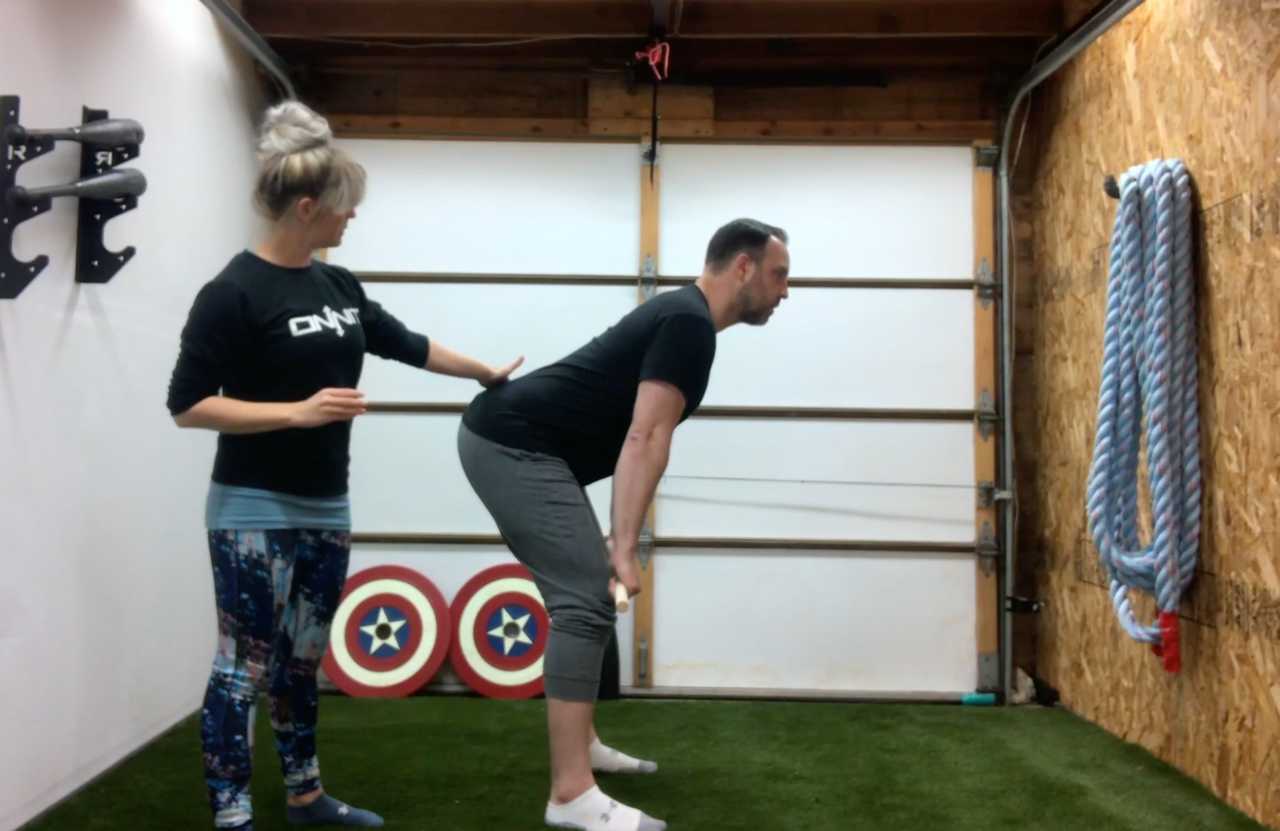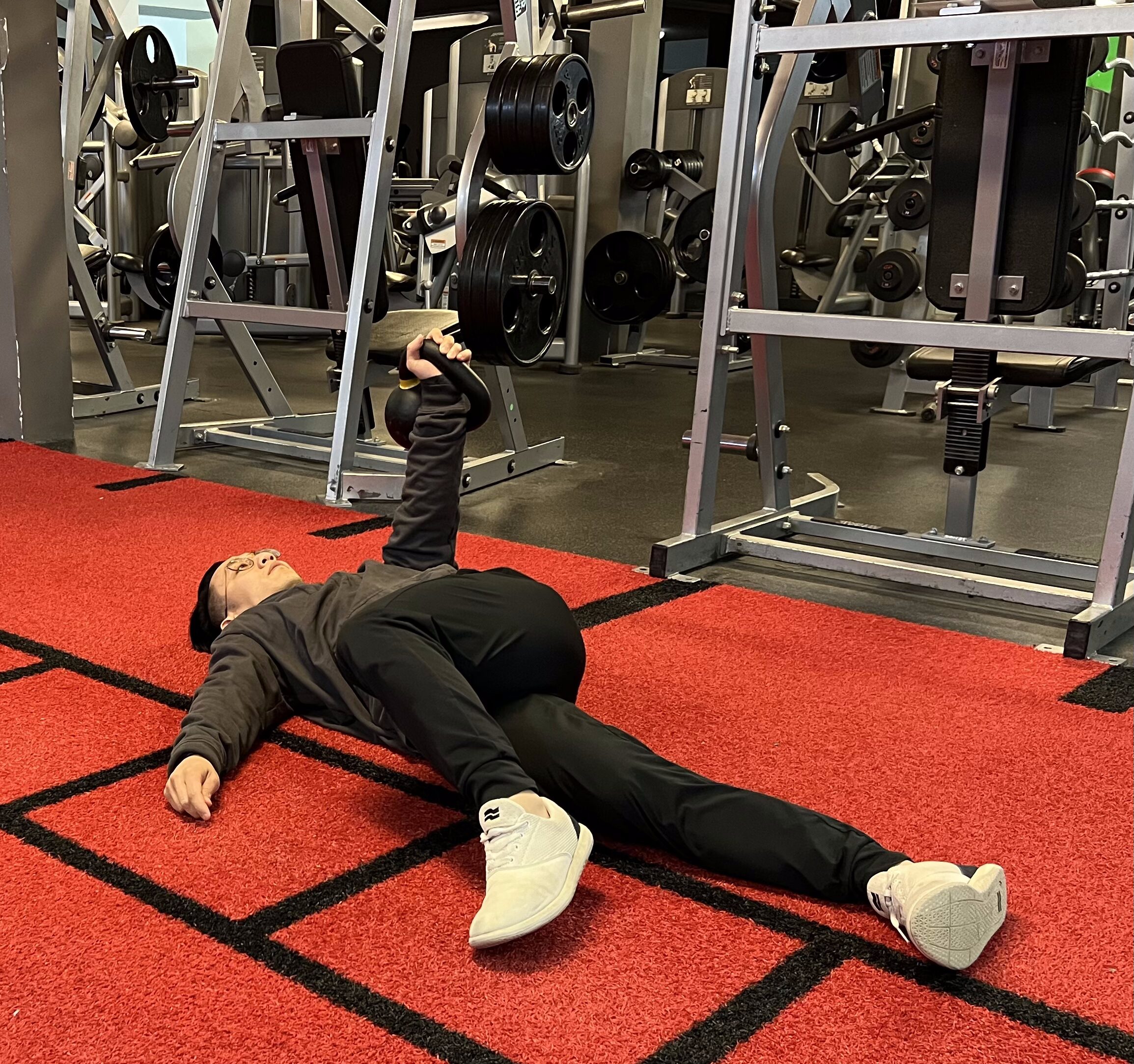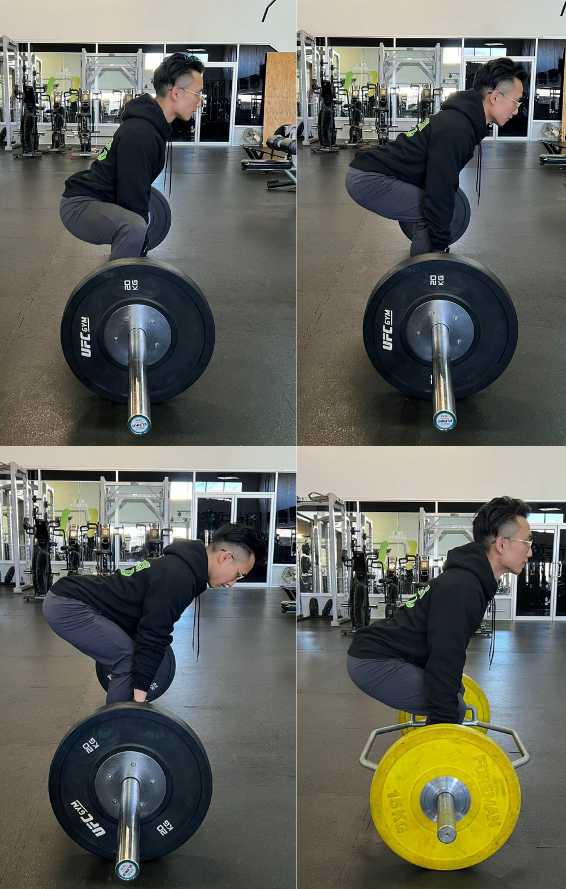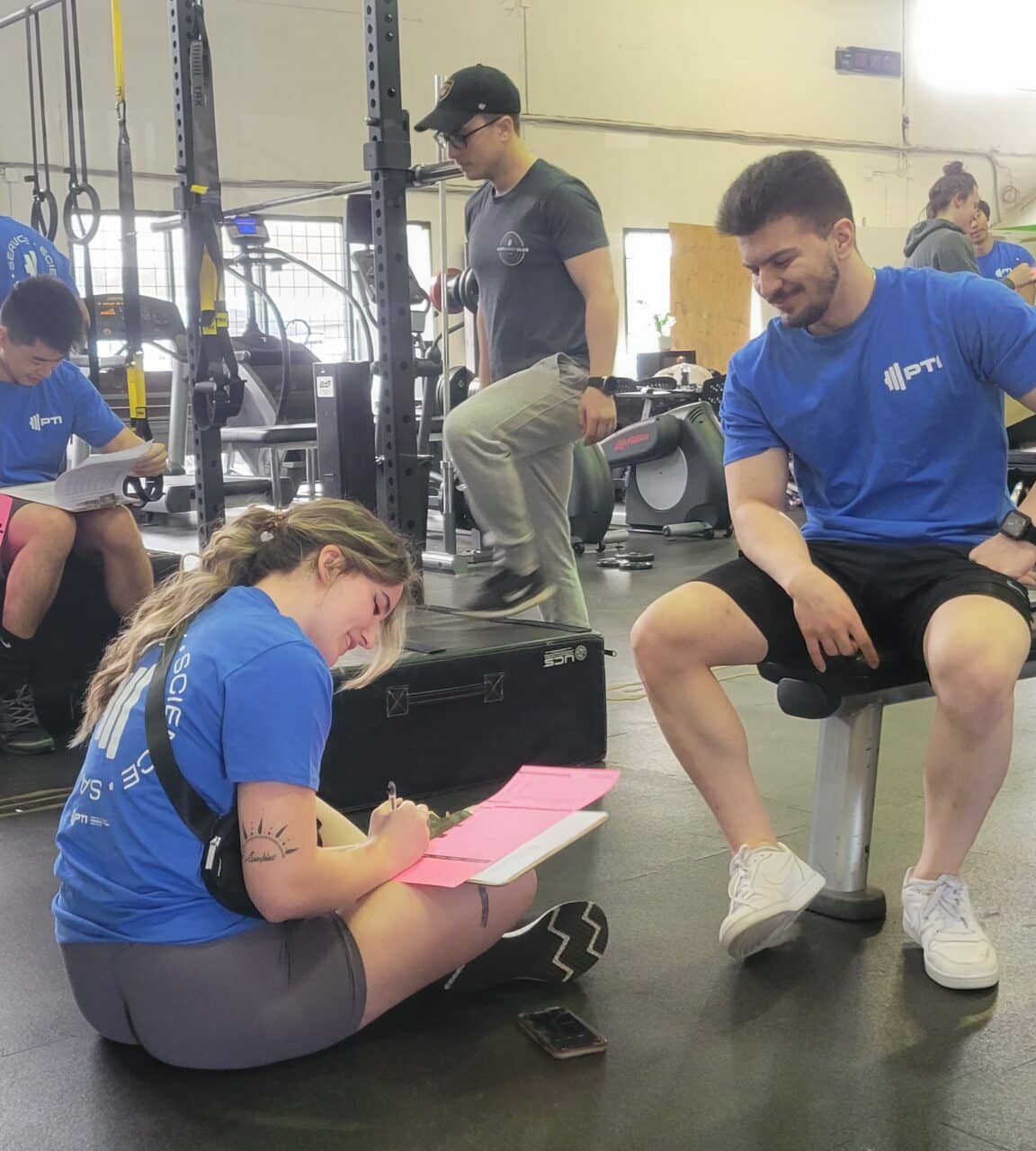December 30, 2020
Bridging the Pain Gap
The fitness industry has done an excellent job of teaching fitness professionals about the role of muscles, joints and the nervous system in movement. We’ve built bridges and filled gaps towards navigating rehabilitation with fitness training. However, one significant gap remains.
Fitness professionals are not taught how to deal with pain. While it is not our job nor within our scope of practice to diagnose pain, we also can’t ignore it. 1 in 5 people are dealing with some level of persistent pain, and it’s safe to say that almost every client comes in with some previous injury.
Pain is a constant factor in training and a huge barrier to health and creating long-term fitness progress and success. No one wants to be in pain—we want the physical freedom to participate in activities that are meaningful to us.
Knowing about pain and how to create effective movement through it is key to high-quality training and client success.
That’s what this 6-week Durable Coaching Course does. It bridges the gaps by providing you pain education in fitness training to confidently work with your clients to meet their goals no matter their injury or pain.

What is essential moving forward into 2021 is that persistent pain is inevitably on the rise, with COVID-19 being a leading factor. Pre-COIVD-19 lower back pain already affected 80% of the population and is the number one pain complaint among older active adults. These numbers are climbing in all age categories, and a key contributor is remote working. The workspace constructed on the kitchen island with a laptop propped up on a coffee container, sitting on a sofa working all day or converting your baby’s change table to a stand-up desk causes pain and poor movement mechanics.
This directly impacts us as fitness professionals because we see more clients in the pain, injury, rehab cycle. Every session, we are swimming upstream to combat the increase in sedentary living that is now amplified by moving to a more remote working environment, quarantine and social isolation.
How many times have you heard a client say, “I can’t deadlift because it’ll hurt my back”, or “I can’t squat because it hurts my knees?” Modifying an exercise does not change a client’s pain. It’s a Band-Aid solution to a larger problem. Here’s the reality, people want to be seen, heard and validated. It’s no longer enough for us to solely know anatomy and physiology. We need a better framework because people do not merely change based on data points or perceived outcomes. They change based on what is meaningful. And what’s meaningful is providing a training session that addresses pain in real-time and beyond the session. And that takes understanding pain and how to mitigate it.

These are the challenges I’ve seen for years, and why I created this course so you can learn to recognize and better understand pain. More importantly, so you can help your clients train effectively through it. You’ll learn how a kinaesthetic educational approach can help you develop a greater understanding of assessing movement and identifying and addressing common pain complaints in the older active population.
Each week you will learn to apply simple and effective testing protocols in a training session. Then apply corrective movement-based exercise to enhance main conditioning lifts while at the same time promoting nervous system regulation, reducing pain and improving performance through a proactive injury prevention focus.
This course will also provide recent evidence supporting best practices for respiratory health and exercise management as a prevention and recovery strategy.
For more information on the 6-Week Durable Coaching Course, please visit this link!
Author: Sarah Jamieson, CPT, FMS2, PPSC, CPPC, NLP
Tags:
Related Posts
We’re here to help you!
Questions, comments or want to register? Fill out the form below and we will contact you shortly. Thanks!
"*" indicates required fields



